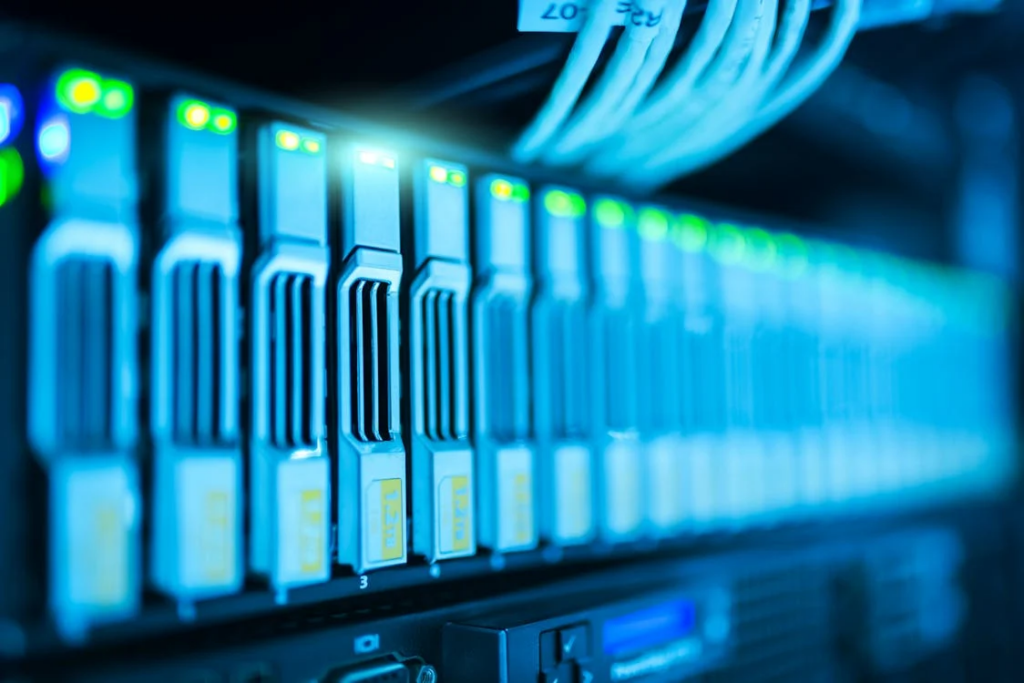In the dynamic landscape of modern business, a continuous and stable power supply is not just a convenience—it’s a necessity. Power disruptions, even those lasting mere milliseconds, could spell disaster for sensitive equipment, data loss, and system downtime that can have far-reaching implications for an operation’s bottom line. In this comprehensive guide, we’ll explore the essentials of Uninterruptible Power Supply (UPS), demystify the jargon surrounding it, and equip you with the knowledge to safeguard your business against power-related pitfalls.

Understanding Uninterruptible Power Supply (UPS)
At its core, a UPS system is a battery backup device that provides emergency power to a load when the input power source, typically the main power, fails. In the event of an outage, the UPS delivers the stored energy from its battery for a limited time to allow for a safe shutdown of systems or the immediate establishment of backup power generators. But the functionality of a UPS goes beyond blackouts; it also protects against power surges, spikes, sagging voltages, and harmonic distortions that can wreak havoc on sensitive electronics. A rugged UPS isn’t just a robust backup—it’s a frontline defense for the continuous operation of mission-critical equipment. This makes it an essential element of any business’s power protection strategy.
The Mechanisms of UPS
There are three primary types of UPS designs—Standby, Line-Interactive, and Online (also known as Double Conversion)—each providing various levels of protection and efficiency. The Standby UPS is the most common for personal computer use, while the Online UPS, offering the highest level of protection, is generally used for enterprise-level applications. These systems vary in how they feed power to devices and how quickly they can respond to power fluctuations.
How to Choose the Right UPS
Selecting the right UPS for your business is crucial. It involves understanding the power requirements of your equipment, the runtime needed during an outage, and the specific type of protection each component of the UPS can offer. Key factors to consider include:
• Voltage and power capacity
• Battery runtime at full load
• Form factor and mounting options
• Scalability for future expansion
The Role of UPS in Disaster Recovery Planning
A solid disaster recovery plan is incomplete without considering the role of a UPS. With natural disasters such as earthquakes or hurricanes and human-made events like cyberattacks or grid failures, a dependable power protection strategy is the linchpin of any recovery plan. Integrated with other systems such as generators and cloud-based services, a UPS ensures that your business can weather any storm without losing critical data or operational continuity.
Implementing a UPS in Your IT Infrastructure
Incorporating a UPS into your IT infrastructure requires understanding the load factors and the possible points of failure. A successful implementation will:
• Secure critical data centers and servers
• Protect networking equipment to maintain communication
• Safeguard point-of-sale systems and other customer-focused technologies
• Provide a safe power-down solution for equipment not in use during outages
Training and SOPs for UPS Operations
Simply installing a UPS isn’t enough—proper operation and maintenance are equally critical. Ensuring that your team has the necessary training and that Standard Operating Procedures (SOPs) are in place can prevent malfunctions and increase the lifespan of the system. Regular checks on battery health, adequate ventilation, and monitoring for environmental factors are essential parts of this process.
Leveraging UPS for Energy Efficiency
A UPS can also play a vital role in your organization’s green initiatives by contributing to energy efficiency. By smoothing the power supply, a UPS reduces the strain on electronics, leading to less energy consumption and a longer lifespan for IT equipment. Furthermore, modern UPS systems come with smart software that provides energy consumption data, allowing businesses to optimize their power usage more effectively.
Using Energy-Saving Modes and ECO UPS Solutions

Energy-saving modes and ECO UPS solutions are features that minimize power consumption when the load is lighter or during times of peak energy rates. These modes ensure that the UPS is operating at its most efficient and only expending energy when necessary, which, in turn, reduces operational costs.
The UPS as a Preventative Maintenance Tool
With its monitoring capabilities, a UPS can detect irregularities in the power supply, allowing for proactive maintenance that can prevent equipment failures and data loss. By treating the UPS as a critical part of your maintenance strategy, you not only protect your immediate power needs but also reduce the risk of long-term damage to your IT assets.
UPS systems are the unsung heroes of day-to-day business operations, quietly ensuring that lights stay on and data remains secure. By understanding the role of UPS in power protection, and taking the steps necessary to implement, operate, and maintain these systems, businesses can stay ahead in an uncertain world, safe in the knowledge that their power supply is in good hands, even when the grid isn’t.